Korean: North Vs. South Differences Since The Split
Though the 2018 Winter Olympic Games are giving both the North and South Korean people an opportunity to communicate on a neutral field, one wonders just how much they still understand of each other’s language.
70 Years of Separation
Up to about 70 years ago, the entire peninsula of Korea spoke the same language. The difference between north and south was merely a directional distinction. Though there hasn’t been enough time for the Korean languages to be split into two unintelligible versions of the original language, 70 years is enough time to cause “vastly different trajectories [that] impact the language they use, most notably in the case of English loanwords,” says Deborah Smith.
Changes Since The Split
As Khaleda Rahman explains, “Language can change when one half of the country becomes an international economic powerhouse and the other isolates itself.” This explains why South Korea incorporates more words of the English language into its daily conversation while North Korea sticks to traditional words and phrases. And with nine major dialects on the Korean peninsula, it is not uncommon to find different vocabularies throughout; “Even within South Korea itself, the Seoul dialect sounds very different from the Gyeongsang/Busan dialect” (Huaqing, 2016).
Confusing Differences
Many of those from North Korea who defect to the South are confused by words that have no meaningful translation in their traditional language. At a South Korean restaurant, one woman from North Korea was told by her waitress that water was “self service,” but since she had never heard the phrase before, she “went without water during her meal because she was too shy to admit that she did not understand.”
Common Words Are Not So Common Anymore
According to the Associated Press, some of the common differences that can cause confusion between the two Koreas are:
- In South Korea, shampoo is used to wash hair. In North Korea, they use “meorimulbinu” which means “hair water soap.”
- Lotion is used in South Korea, but in North Korea, they use “salgyeolmul” which is “skin water.”
- Due to spelling and pronunciation differences for the first syllable of some Korean words, the common family name of “Lee” in the South is “Ri” in the North.
- South Koreans might enjoy watching a musical, but North Koreans watch a “gamuiyagi” which is a “music and dance story.”
- Children in South Korea take a lunch box to school, while those in North Korea take a “gwakbab.”
- And finally, much like we do in the U.S., people in South Korea end their meetings with “let’s do lunch sometime.” This confuses those from North Korea who expect to receive a follow up phone call to set up such a meeting.
When You Need Translation Services We employ a strong network of people whose native language is Korean. They understand the dialects and divisions that have occurred to bring you the best Korean translation services to meet your specific needs. Whether you have corporate translation needs or are looking for travel and tourism translation, contact us to get the right words to convey your ideas the right way, from North to South.

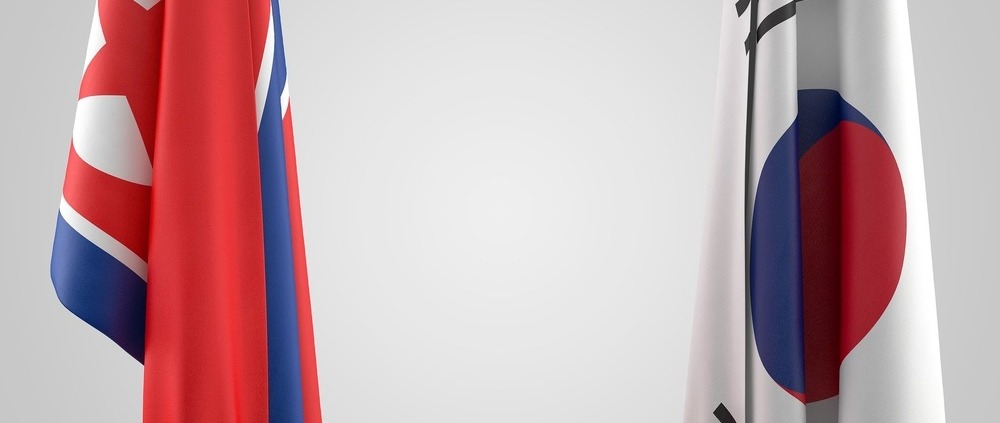
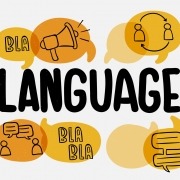



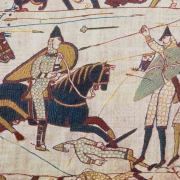
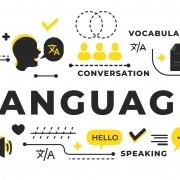











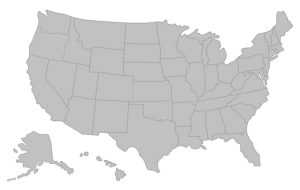


Leave a Reply
Want to join the discussion?Feel free to contribute!